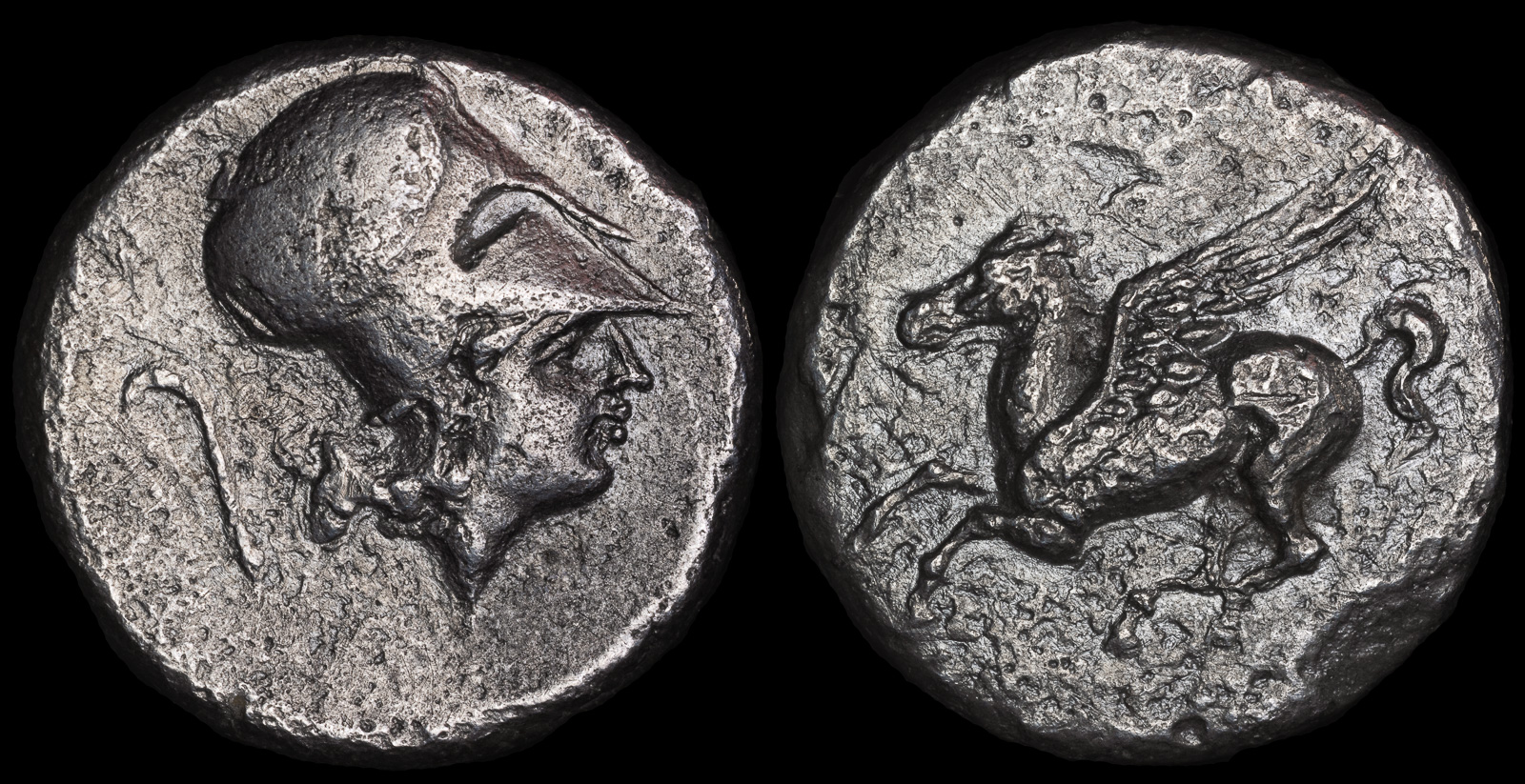Fish Hook
View All Tags
One of the most commonly used types of hooks in ancient Greece was the barbed hook. These hooks featured a small, backward-facing barb at the end of the hook, which was designed to prevent the fish from escaping once it had been caught. This design was particularly effective for fishing in rivers, lakes, and the sea, where fish were more likely to struggle and potentially slip free of a smoother hook. The barbed hook was often used for larger fish species that required a secure hold to be brought to shore. These hooks were usually made of bronze or iron and were often relatively small, reflecting the types of fish commonly caught in the Mediterranean.
Another type of hook used in ancient Greece was the simple, unbarbed hook, which was often employed in combination with baiting techniques that relied more on luring fish than physically catching them. These hooks were used for catching smaller fish or species that were less likely to struggle once hooked. The unbarbed hooks were typically used with nets or in conjunction with traps, where fish would be caught more passively. They were commonly found in ancient fishing sites, and their design was simple yet effective, especially for gathering small fish like sardines or anchovies, which were abundant in the Mediterranean.
Finally, tridents and larger spear-like hooks were also used, particularly for deep-sea fishing or harpooning larger fish such as tuna. These tools allowed for a more active and aggressive form of fishing, where the fisherman would stab the fish rather than hook it in the mouth. The use of spears and tridents was more common in coastal regions, where larger fish could be caught from boats or from the shore. These larger hooks were sometimes depicted in Greek art and reflected the more adventurous side of ancient Greek fishing practices.

Akarnania Colonies of Corinth Echinos
ca. 345-300 BCE
AR Stater 7.70g. 21mm
Pegasos flying l.
Helmeted head of Athena r., wearing Corinthian helmet; fish hook and E behind.
BMC 1; HGC 4, 806